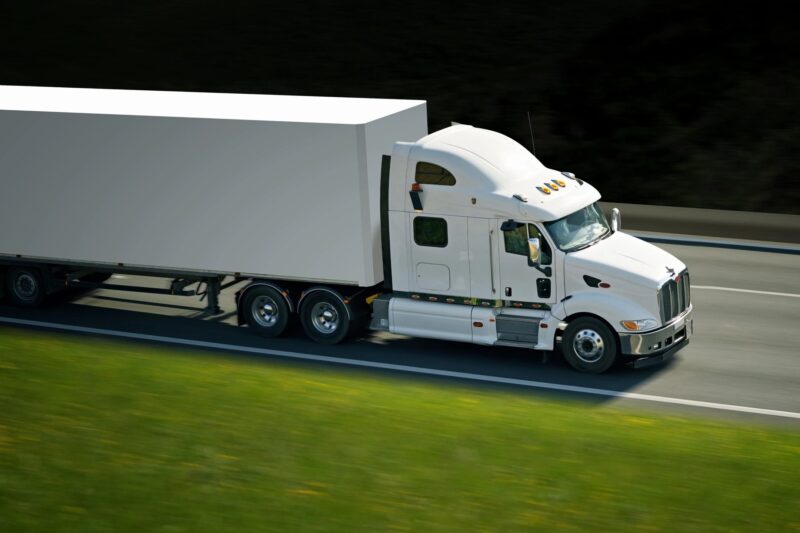Moving is never an easy process. It becomes more challenging if heavy objects need to be moved. As an illustration, the grand piano’s weight prevents it from being lowered or raised to the floor and moved independently. However, it’s not only about the size; such equipment must be moved in accordance with the regulations in order to avoid serious damage to the instrument. It is always better to delegate this task to a professional Queens moving company so that you can receive your instrument safely and sound quickly.

What makes a piano or grand piano different from other musical instruments, and how should its transportation be managed properly?
What Distinguishes an Upright Piano from a Piano?
The operator will undoubtedly ask what kind of keyboards you need to transfer when you place an order for a tool transportation service.
What distinguishes an upright piano from a piano? A piano is referred to as a whole. The piano and grand piano are the two main types of these instruments.
The horizontal location of the soundboard, strings and mechanisms on the grand piano makes it unique, which is why it is bigger and has a lid that leans back in height. The vertical orientation of the soundboard, strings, and mechanical components of the piano, on the other hand, made a smaller version viable. Experience has shown that a piano can be transported more easily than a grand piano.
Features of Moving Pianos and Grand Pianos
Do you require moving the piano? When arranging the relocation, be certain to provide this information. When creating a work plan, the trucking business must take this into account. Therefore, it’s crucial to select the ideal mix of loaders, select appropriate packaging, and stock up on the required supplies. Ask a moving company if they have expertise in moving pianos and grand pianos when you initially get in touch with them.
What distinguishes moving a grand piano from moving a regular piano? The particulars of tool design are where there is the most difference. Therefore, while having vast proportions, the grand piano is lighter than the piano.
What transportation stage is the most challenging? The process of bringing a tool out of the home, loading it onto a truck, and the reverse process of unloading and lifting it to a new location may demand the most focus and ability from a professional. In these situations, riggers are responsible for movement. There are no problems while transporting a tool in a car when the problems are correctly fixed.
Grand Piano and Piano Transportation: The Setting Up Stage
How should an upright or grand piano be moved? The tool must first be appropriately packed. In order to safeguard the equipment from both the exterior and its internal processes, experts employ a material that is able to withstand mechanical stress. Moving heavy office equipment also requires the use of packing similar to this. When an instrument is wrapped appropriately, it won’t open during transportation and won’t sustain any harm.
The Primary Piano Transportation Stages
One of the services offered by moving firms is piano transportation. The operator will assess every aspect of the transfer, including the cost of hiring expert piano movers, during the first discussion of the move. The riggers start the primary task after the tool has been packed.
Moving pianos and grand pianos entails several steps, including:
- removing the item from the apartment (if necessary, descending from the floor);
- loading the tool into a truck;
- cargo fixing;
- shipping;
- unloading a car with the aid of additional rigging tools;
- rising to the floor;
- skidding into the apartment.
Before driving, the driver chooses the route with care. There shouldn’t be any bumps, potholes, or pits in the road since the instrument might get hurt when they collide and harm it.
We hope, our tips will help you pack, store, and move your precious musical instrument with no damage.


